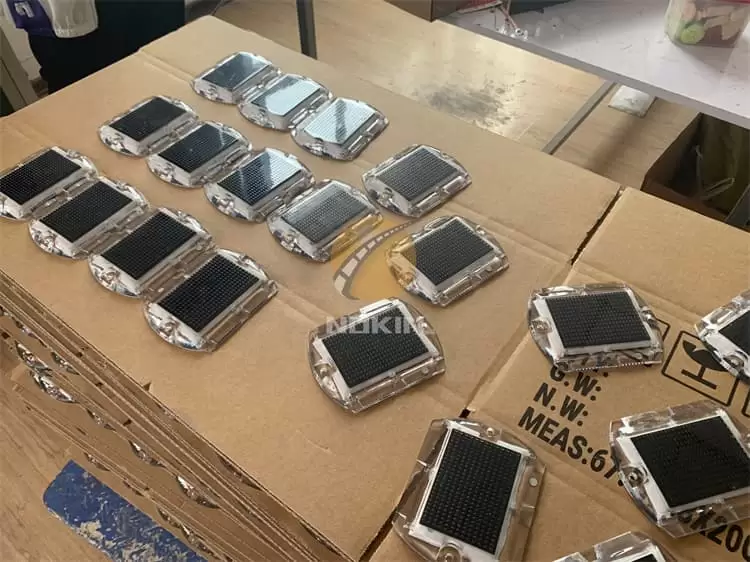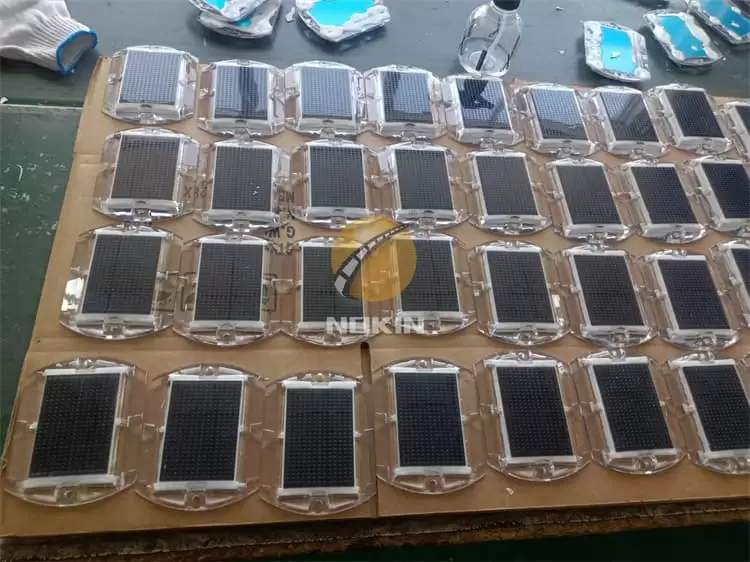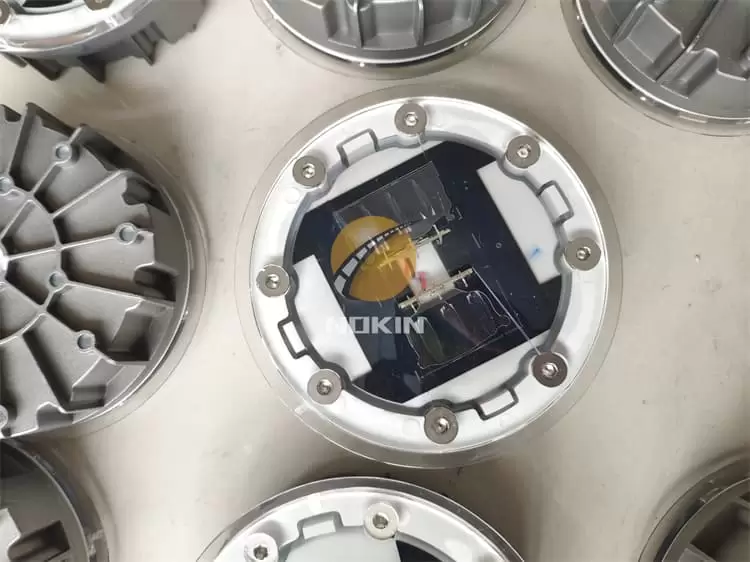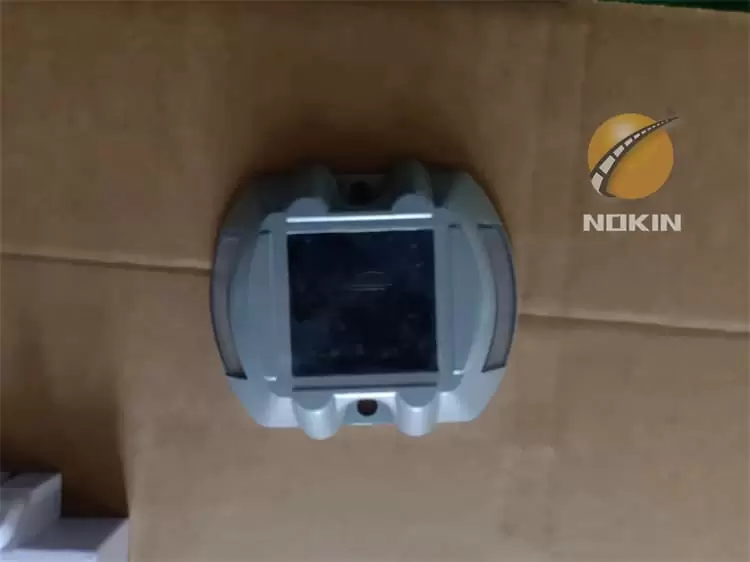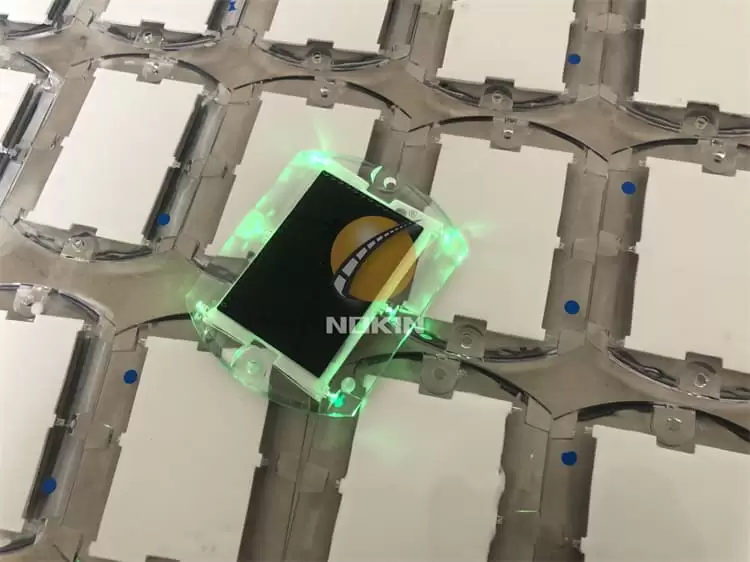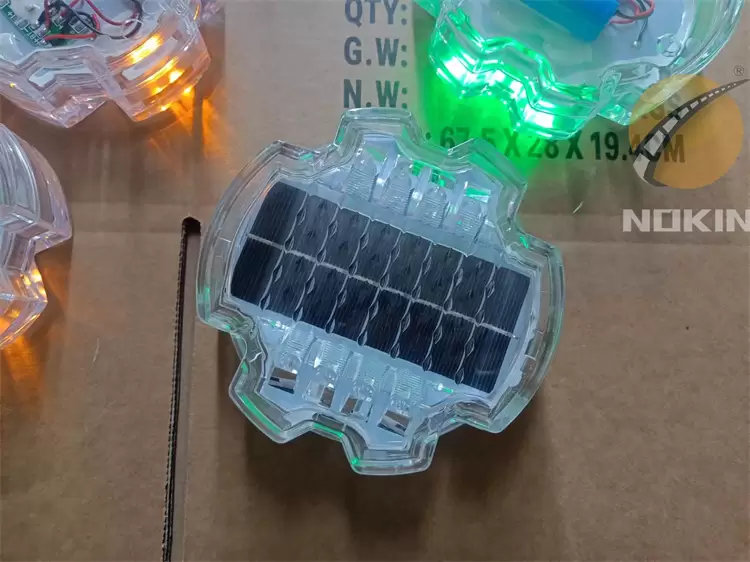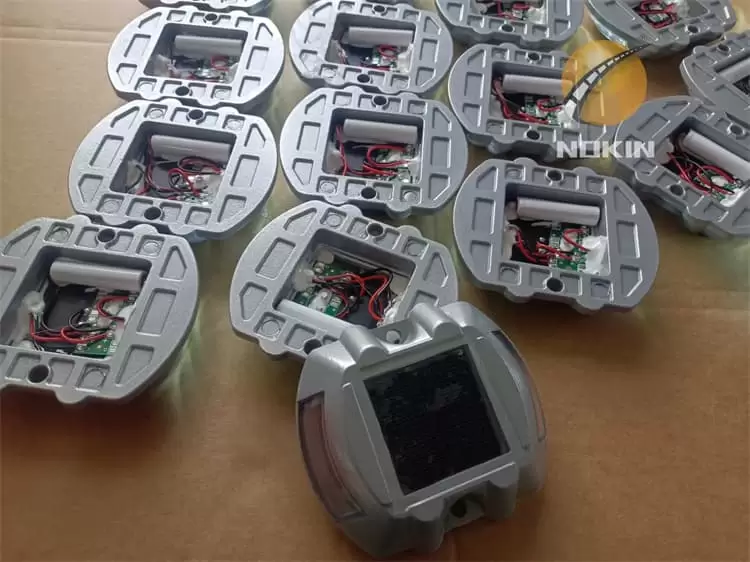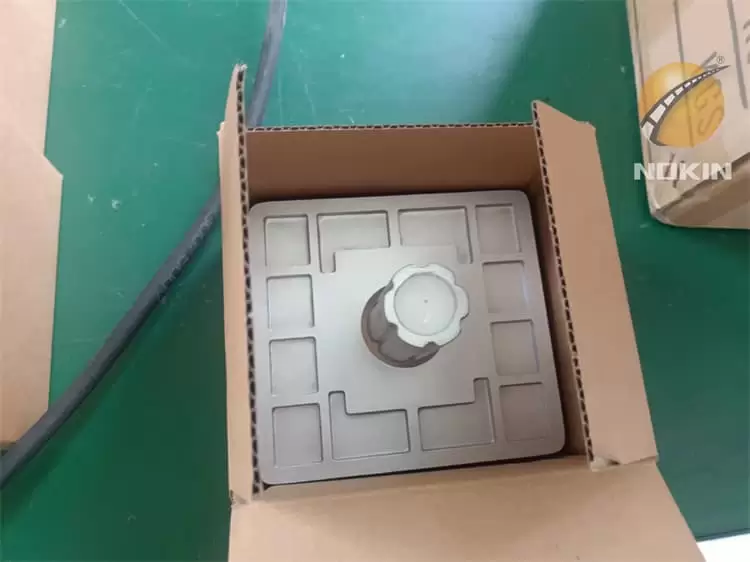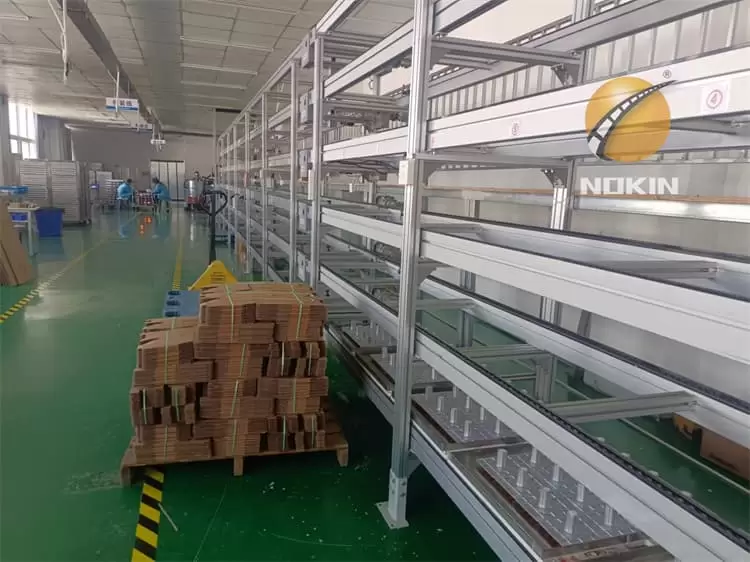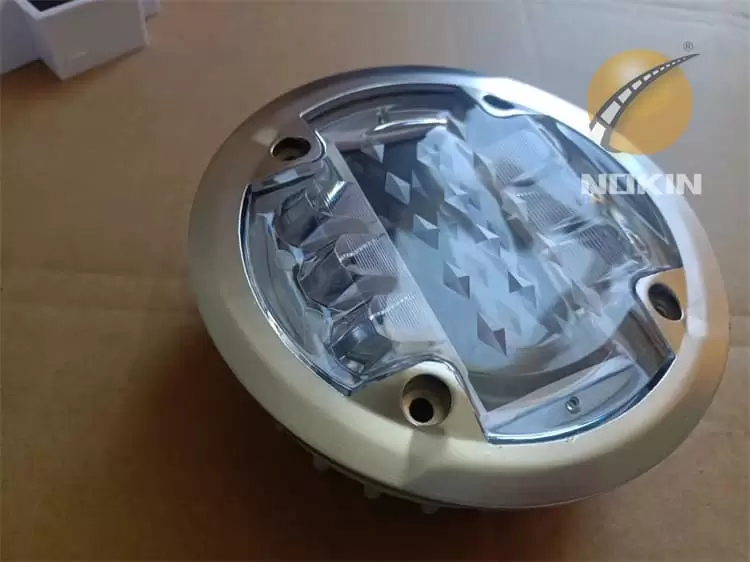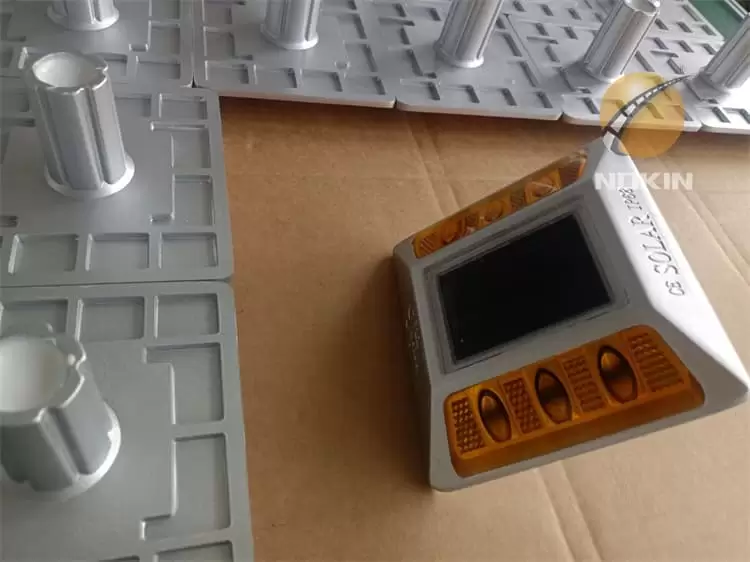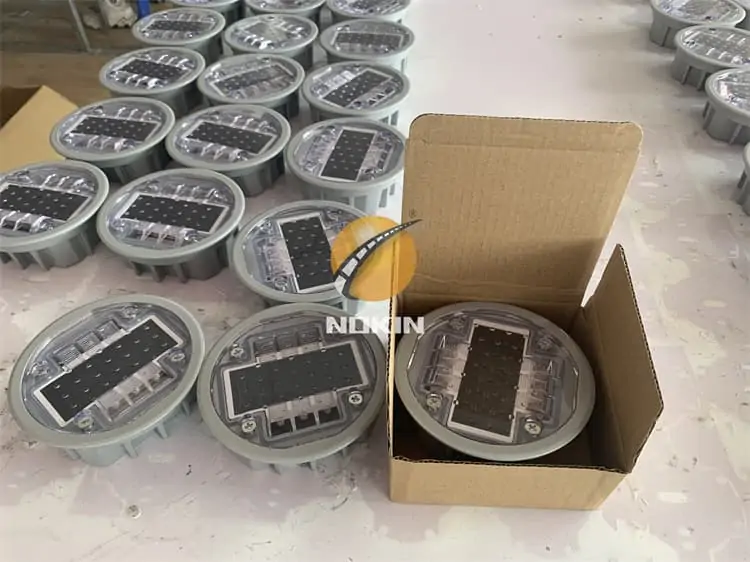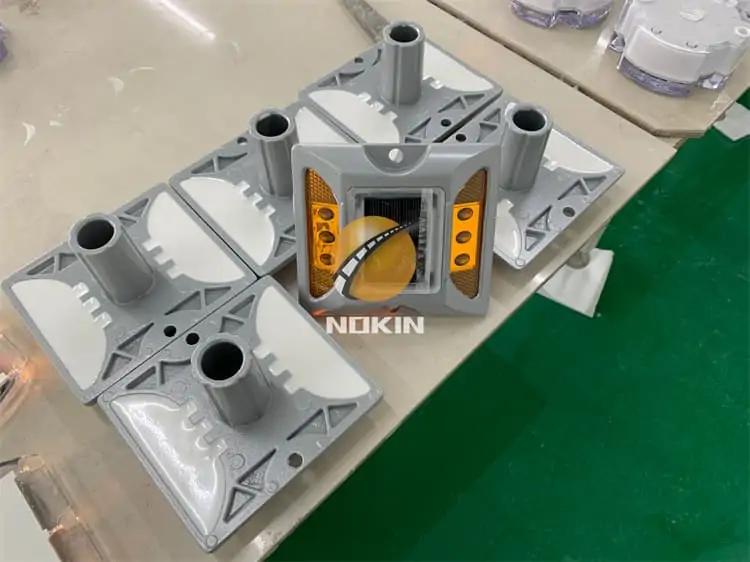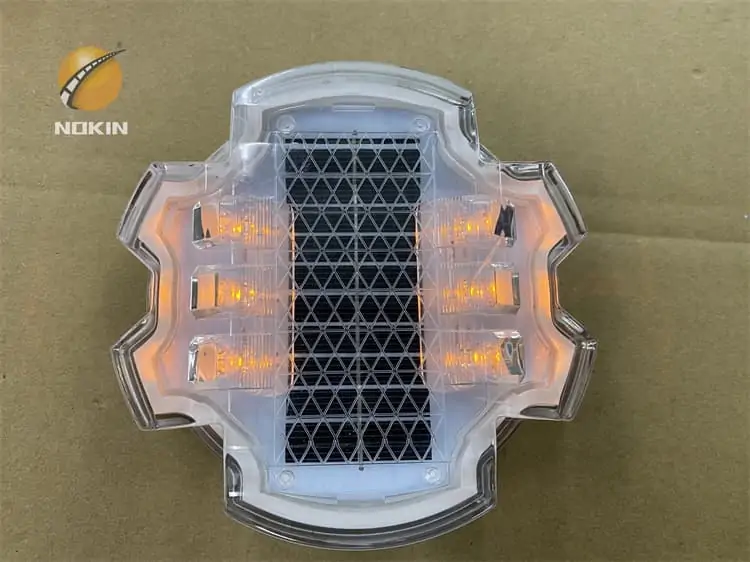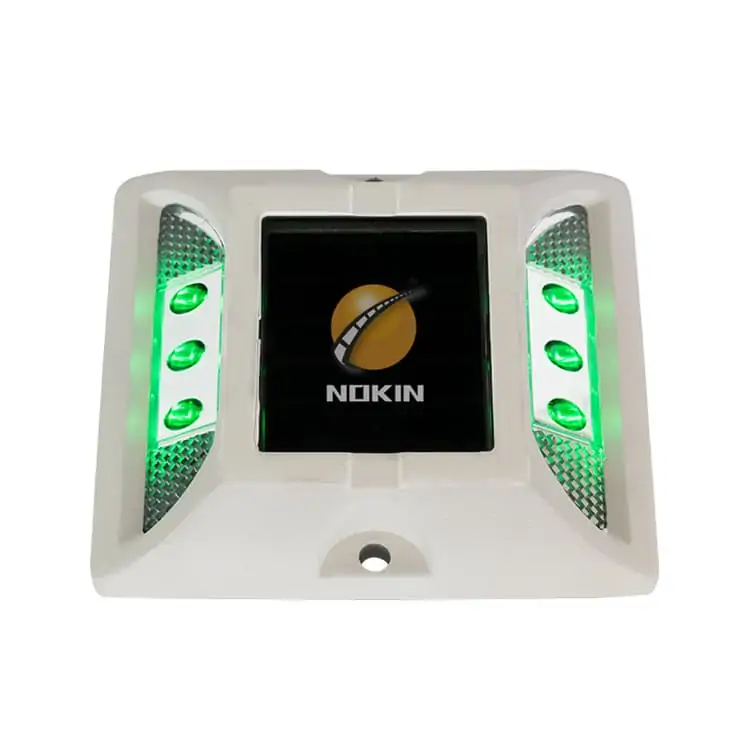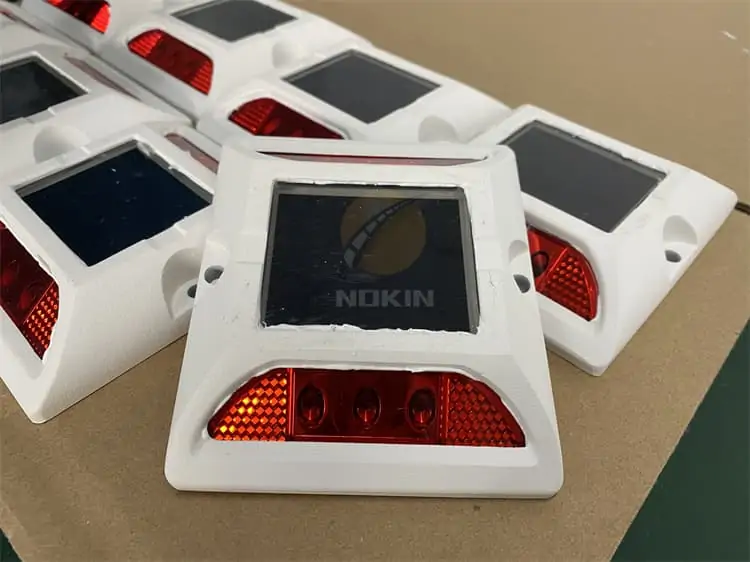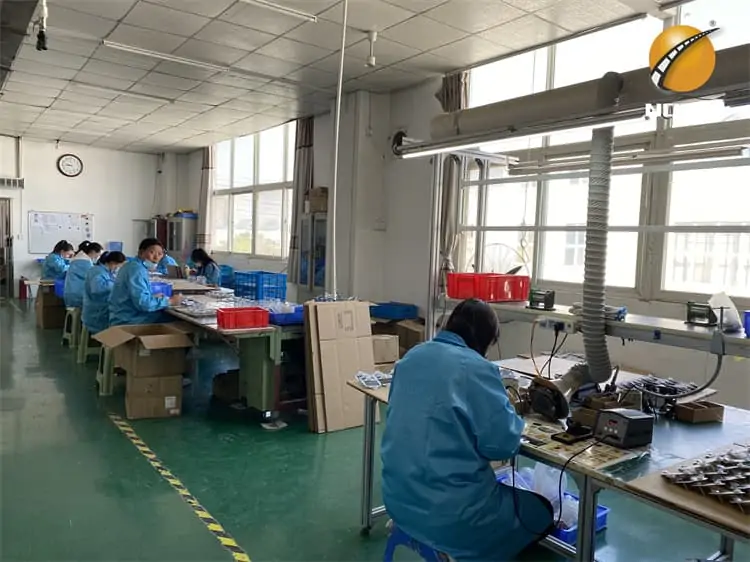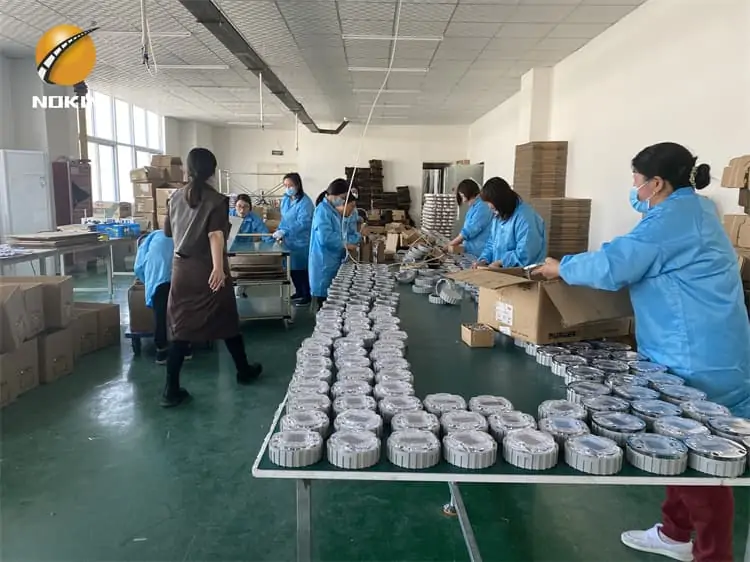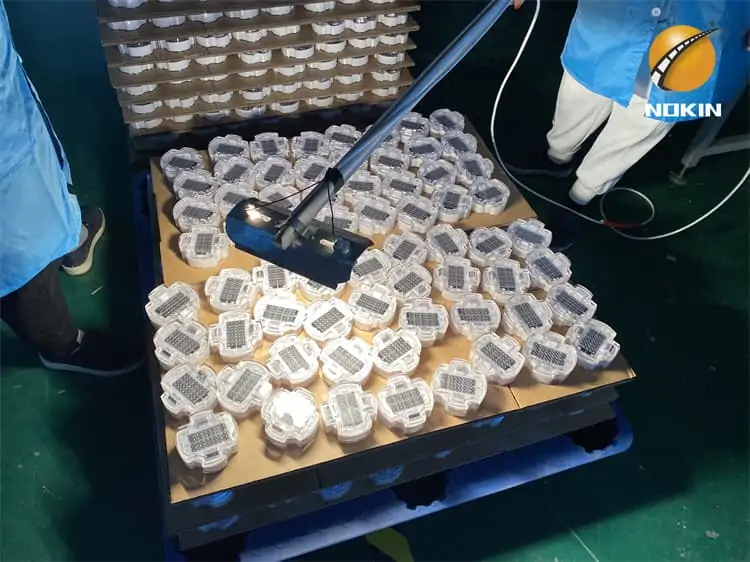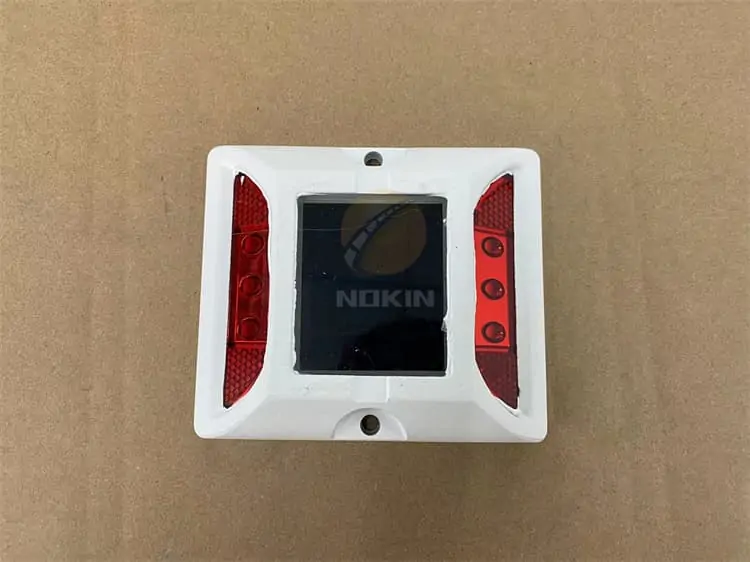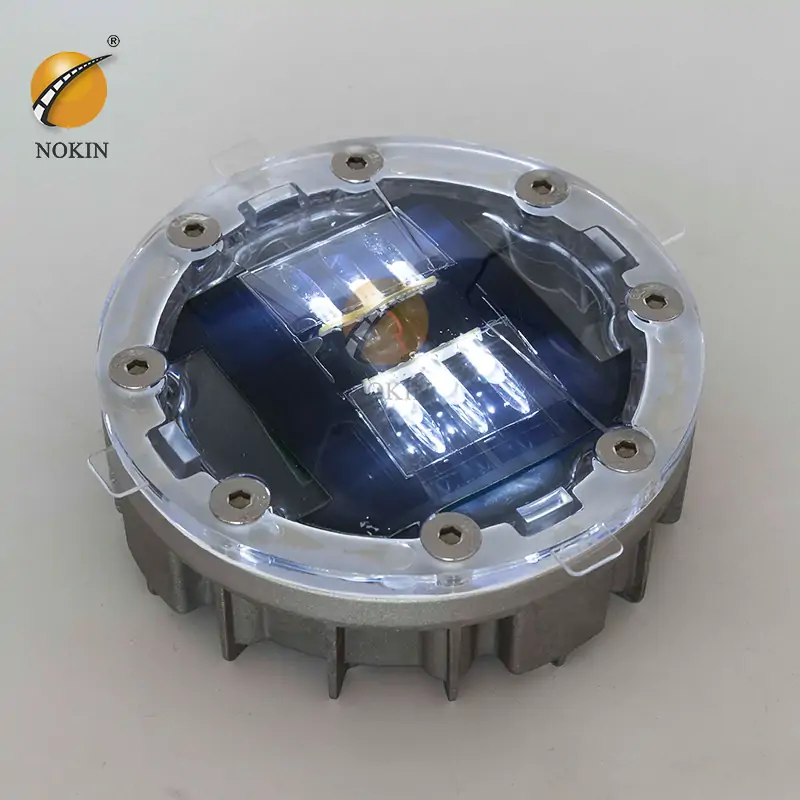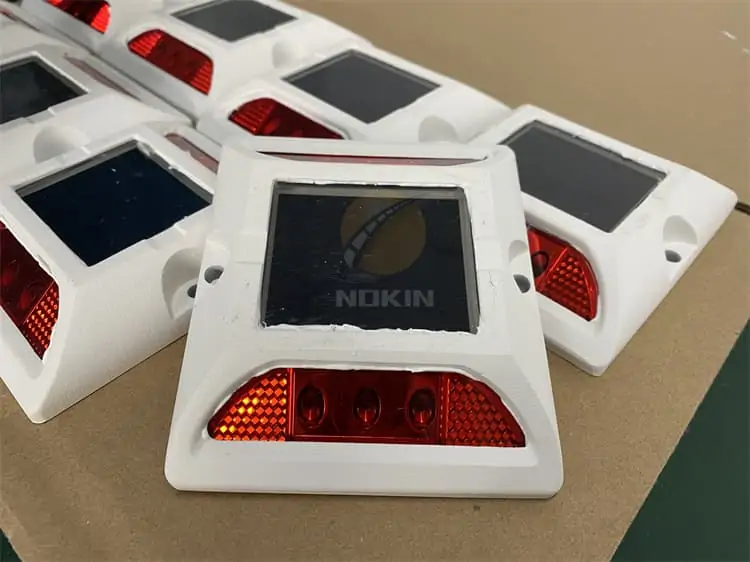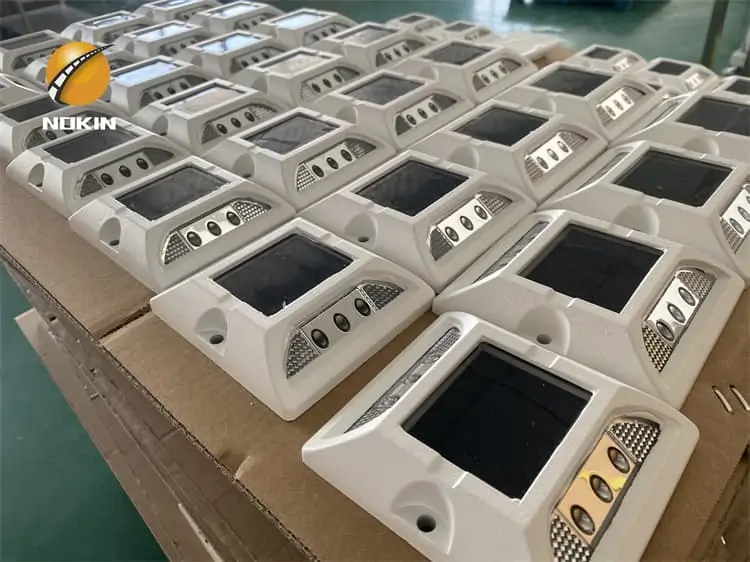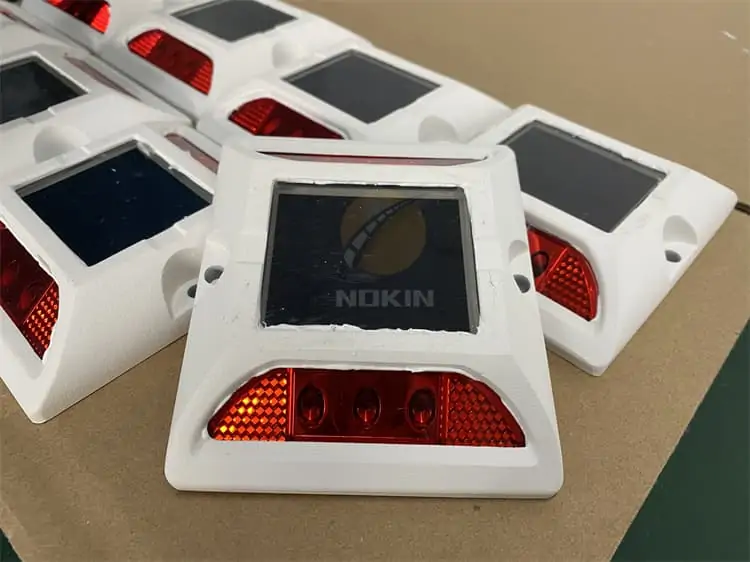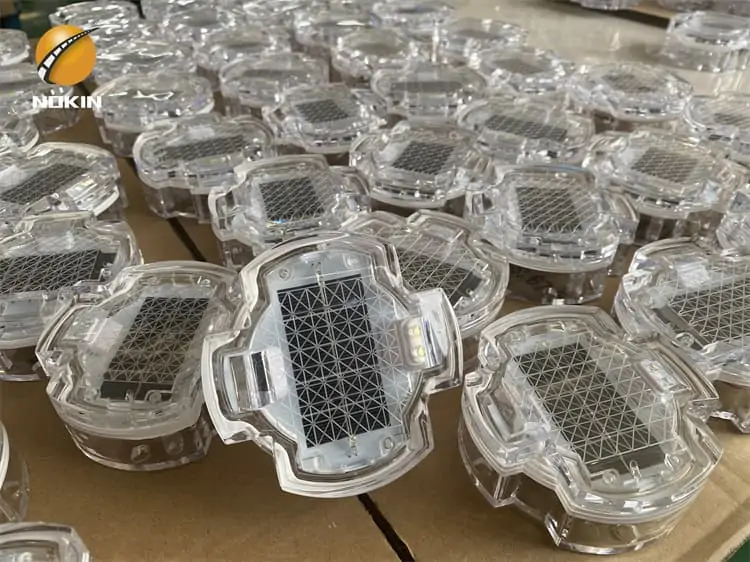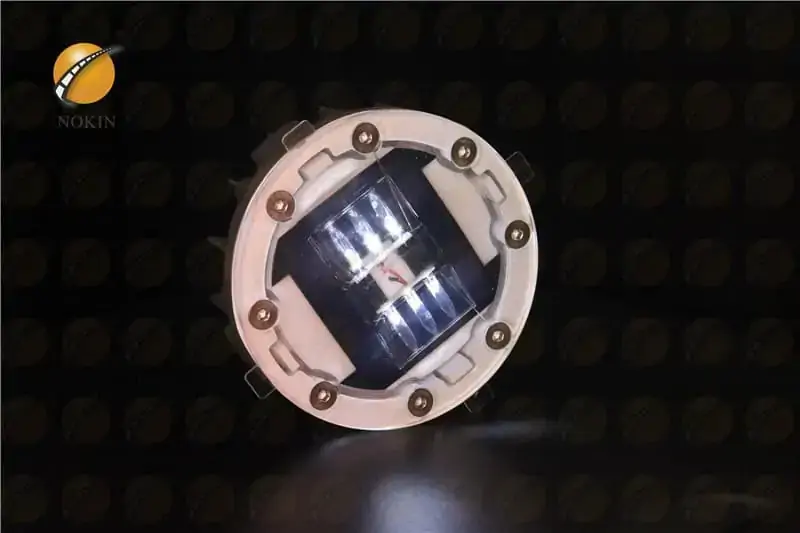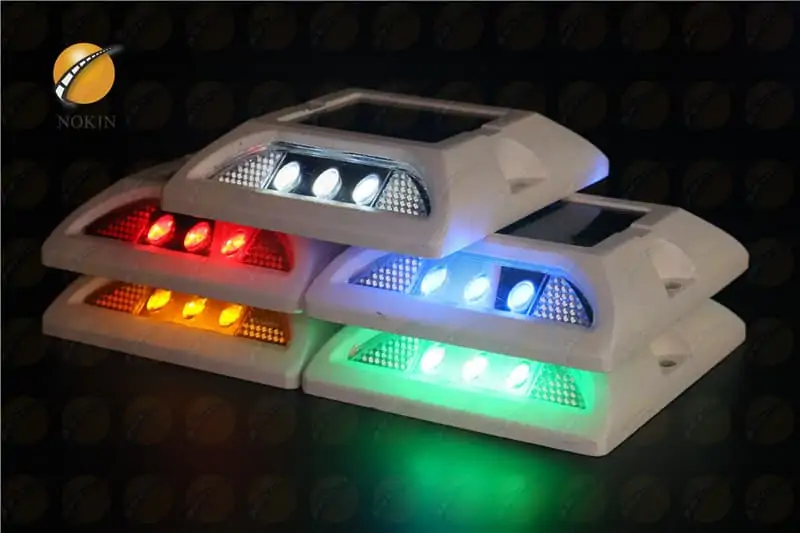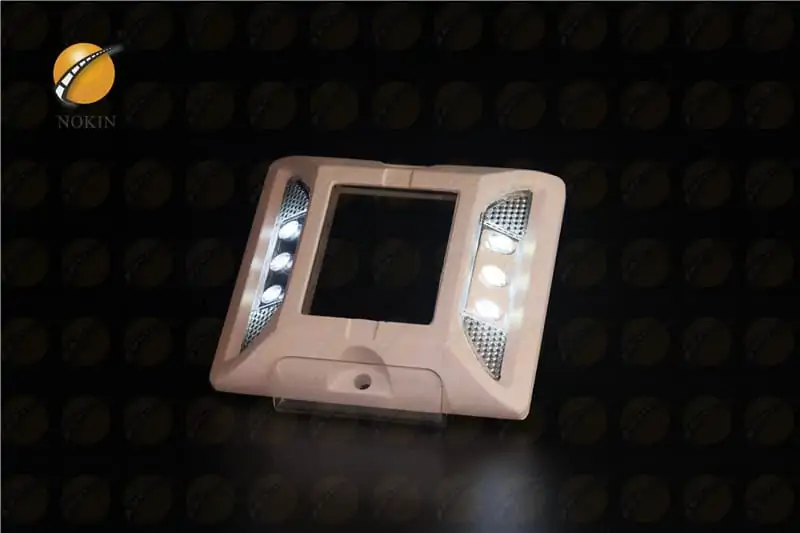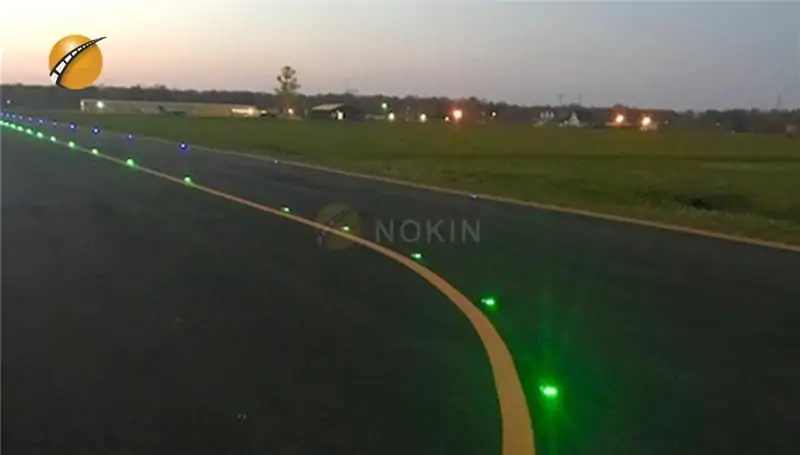Raised White Solar Road Stud Factory
Full operational nighttime performance of the Solar Cat Eye Stud (200+ hours of uninterrupted signal – no further exposure to sunlight) is only achievable when fully charged outdoors.
At this point, the large storage capacity allows the solar cat’s eye studs to operate every night, 365 days a year, due to constant outdoor exposure. The solar cat’s eye road stud starts charging the first time it is exposed to sunlight. In the summer months with direct sunlight, this may take up to 8 hours. Partial sun/shade areas will extend charging time.
Send Inquiry
Quote Online
Share:
Content
Installation Method Of Raised Solar Road Stud:
Carefully mark the distance between the placement of solar road stud lights. To prevent an adverse effect on the ground, use a proper tool such as Core Drill. Drill 35mm and the depth will be 55mm.
Remove all debris from the installation hole.
Pour epoxy into the holes per the manufacturer’s instruction.
Verify that the installation hole is straight. Verify that the installation hole is large enough to allow the epoxy to surround the solar-led road stud shaft.
Set the lighting surface of the solar road stud to the desired viewing angle. Verify the epoxy is evenly adhering to the installation hole and solar marker shaft. Verify the bottom of the solar road marker is firmly installed on the installation surface allowing for zero surface float; to occur. (space between installation surface and bottom of the solar marker).
After curing the LED solar road stud for 6-8 hours, remove the installation of the isolation facility.
The recommended spacing between each solar road stud is as follows:
Highways and Expressways
7 – 8 yards (5 – 6 meters)
Dangerous Entrances and Exits
4 – 5 yards (2 – 3 meters)
Access or Exit ways for Hospitals, Parking Lots, etc.
0.5 – 3 yards (0.5 – 2 meters)
The spacing between each solar stud is also according to your actual application requirements, the above values are for reference only.
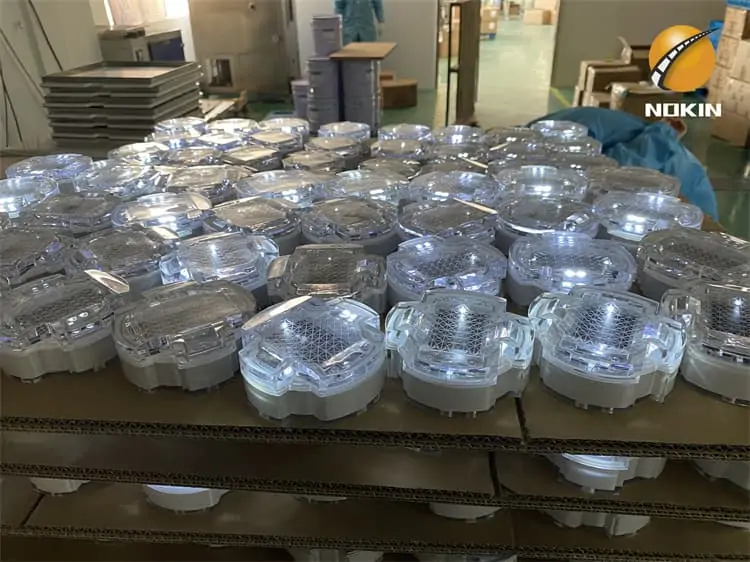
Benefits
-
* Superior distance visibility of road layout ahead compared to retro-reflective studs
-
* Reliable all night, all year-round performance
-
* Lower lifetime costs than traditional road markings
-
* Long-lasting, carefree operation
-
* Maintains superior visibility even in poor weather conditions and on wet roads
-
* Decreases nighttime accidents by over 70%
-
* Enhances driving experience, making drivers feel safer and more able to travel at night
-
* Highly impactful and politically visible contribution toward reducing road safety fears
-
* Effective additional driver safety tools when used in conjunction with street light reduction schemes
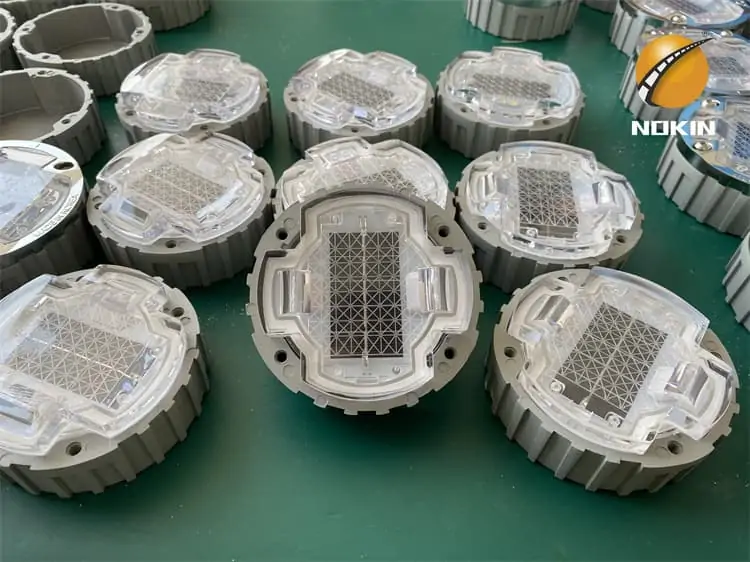
Solar cat eye road stud charging guide
Full operational nighttime performance of the Solar Cat Eye Stud (200+ hours of uninterrupted signal – no further exposure to sunlight) is only achievable when fully charged outdoors.
At this point, the large storage capacity allows the solar cat’s eye studs to operate every night, 365 days a year, due to constant outdoor exposure. The solar cat’s eye road stud starts charging the first time it is exposed to sunlight. In the summer months with direct sunlight, this may take up to 8 hours. Partial sun/shade areas will extend charging time.
For installations in winter and cloudy conditions, the charging time of the solar cat eye stud will be extended. During these times, expect a slow build-up to full performance as the solar cat’s eye stud is charged. During this time, full operational performance will not be achieved – but the solar cat eye stud will operate satisfactorily with short uninterrupted performance until fully charged
Make sure to install your solar cat’s eye studs within 6 months of purchase – or charge them outdoors until installed. Leaving them in discharge for extended periods of time may damage the battery and reduce performance.
Please take this into consideration: All solar products need to be exposed to direct outdoor sunlight to function properly, so be sure to take this into account when choosing your product positioning. Charging on an indoor windowsill might seem like a good place to put a solar cat’s eye stud, but some types of coated glass may block most of the daylight.
Inquiry
More












































































































